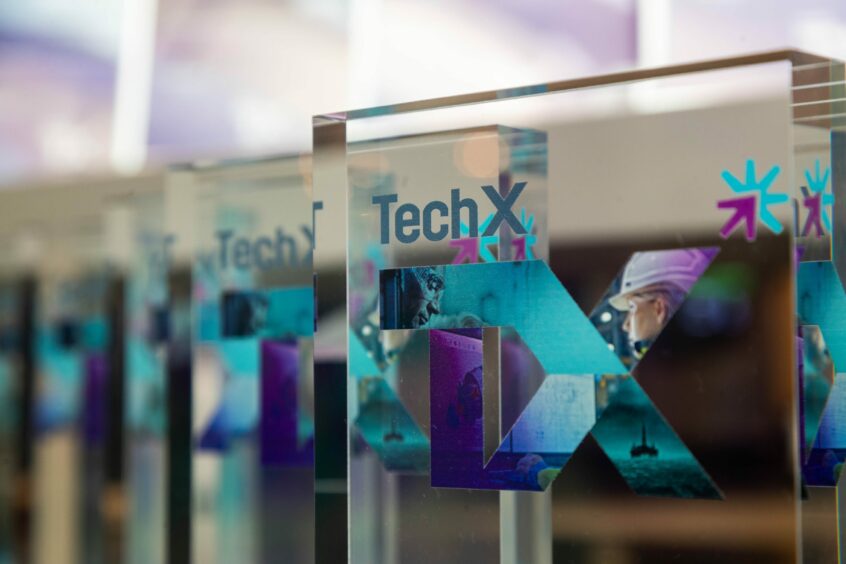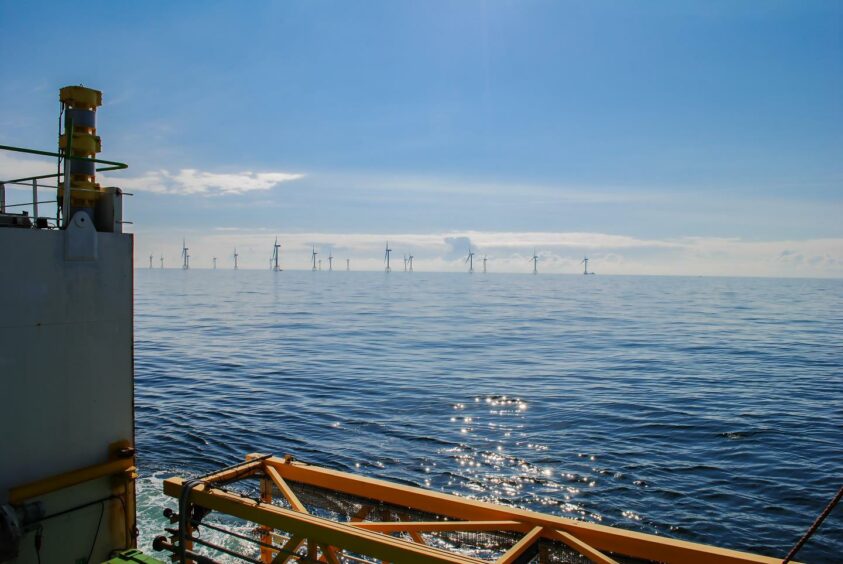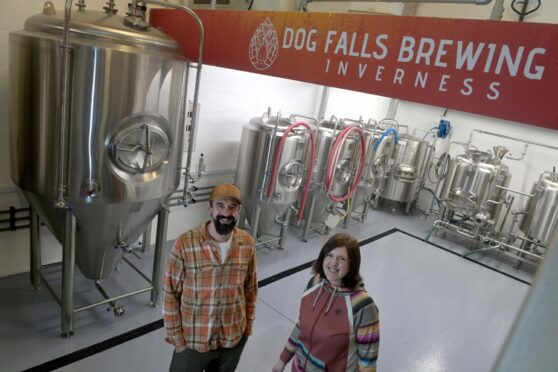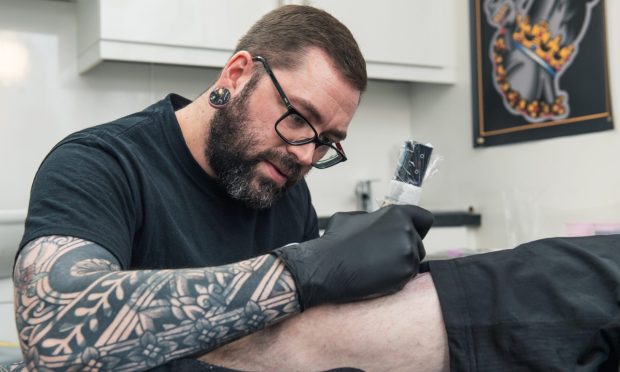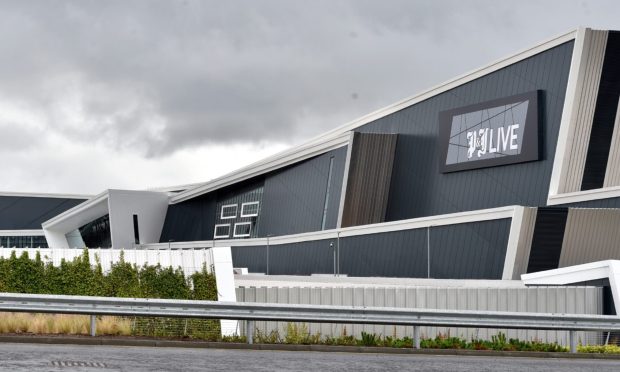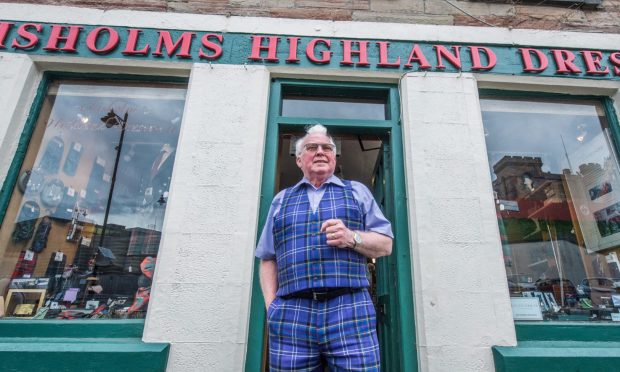The Net Zero Technology Centre (NZTC) is at the heart of two major transitions in its sixth year, its chief executive has revealed.
Colette Cohen said the Aberdeen-based facility was playing a key role in shifting the north-east economy to a cleaner energy future.
But it is also doing its bit to raise the profile of women in energy as the oil and gas industry transitions to low carbon technologies, she said.
Ms Cohen has led NZTC – previously the Oil and Gas Technology Centre – since August 2016, before its official launch in 2017 as one of the pillars of the Aberdeen City Region Deal.
Its original purpose was to help the North Sea oil and gas sector unlock recoverable hydrocarbons.
Five years later, its mission is to reduce emissions from oil and gas facilities, unlock the full potential of an integrated energy system and propel the energy industry towards a digital, automated future, while also helping clean energy start-ups to build a thriving supply chain.
Half-way point
NZTC reached the half-way point for its 10-year funding – worth £180 million – last month.
“The biggest thing to date has been its evolution,” Ms Cohen said, adding: “All the talk now is about decarbonisation.
“The oil and gas industry is thinking about its carbon footprint and how it will contribute to the energy mix for the next 50 years.
“And we’ve created a technology roadmap linking the industry to that whole energy future.
“More and more the focus is on how we help the transition to a net-zero future for the North Sea.”
The pandemic and its economic impact have reinforced the need for a faster pivot to net-zero, she said, adding: “This is an opportunity for us to lead the world and export expertise.
“It’s a real opportunity for Scotland – we are in a perfect place to make this happen.”
NZTC can point to 306 projects approved, with 29 becoming commercial, and £192m co-invested with industry to date.
It says this has the potential to generate up to £15 billion for the UK economy in gross value added terms.
And it highlights 1,450-plus technologies screened and 86 field trials completed, with another 36 planned or under way.
On its work with start-ups through its innovative TechX scheme, NZTC says 33 new or fledgling businesses have been “accelerated” to date.
Another 12 are starting the same journey in the latest cohort.
Ms Cohen, who in the past has highlighted a “disappointing” lack of progress being made on gender diversity in the North Sea energy industry, is encouraged by the number of “female founders” involved in the forthcoming round of TechX.
Women currently make up just 22% of the oil and gas workforce. More than three-quarters (78%) of firms in the industry do not have any female executive directors.
To be part of this industry and working to shift perspectives and create pathways for future growth is exciting. It is a privilege to have the ability to do something about sustainability.
It is about everyone doing whatever they can, creating the demand and drive for it and making it as inclusive as possible. NZTC has given me the opportunity to work on my passion for sustainability, as well as for the use of tech and robotics to further the energy transition.”
— Sakashi Sircar, project engineer, NZTC.
The upcoming TechX is the first to be fully focused on start-ups developing clean energy technologies to help accelerate the transition to a net-zero energy industry.
NZTC received more than 200 applications, spanning 50 countries in one of the biggest and most diverse responses to the annual scheme since it was launched four years ago.
The centre is particularly keen to support start-ups with diverse founder teams.
Nearly half of the start-ups chosen to take part in this year’s 15-week programme have a women leader or co-leader.
Being a female co-founder CEO makes diversity an intuitive second nature. In BeeX, this emphasis helps us assemble the best team to solve really challenging problems, independent of gender, nationality and/or ethnicity. Together as a team, we can create an outsized impact beyond ourselves as individuals, creating new ways of work.”
— Grace Chia, chief executive of BeeX Autonomous Systems, a start-up in TechX cohort 4.
Ms Cohen hopes these will inspire other female-led companies to follow in their path.
In a recent blog to mark International Women’s Day, NZTC’s CEO said “times of struggle” and conflict in the world only emphasised gender bias issues.
“It’s a perfect time to shout from the rooftops that it’s time to change,” she said.
NZTC has more than 50% women across the organisation, including in its leadership team.
As a new mum, I’m excited to see my child grow up. I’m excited for the opportunities their generation will have, and these will be influenced by what we do as a group of energy professionals now. My favourite thing about working at NZTC is being surrounded by inclusivity and innovation. Our teams are full of people who I personally find inspiring. I have the ability to support the ongoing energy transition in a unique and impactful way.”
— Hayleigh Barnett, project manager, NZTC.
Ms Cohen said the centre was showing the way for the rest of the energy industry to transition to a more diverse future.
And the North Sea industry is the best place to be for those wanting to be at the heart of wider change, she said.
She added: “A number of companies have chosen to come to our TechX cohort because of the North Sea, which is doing more about net-zero than any other carbon basin.
“We have more plans to test and invest than anywhere else.
“We have created one of the most exciting areas, technologically, anywhere in the world.”
And with plans for offshore wind in Scottish waters expected to generate two-and-a-half times the UK’s current output, the opportunities to play a leading role in global energy transition are “huge”, Ms Cohen said.
NZTC has a major part to play in the wider mission to solve shape the future energy mix, she added.
“You can’t invest in everything,” she said, adding: “One of the big questions facing us now is how can we help the North Sea provide best value to the industry and the UK?
“The North Sea industry needs to move from conversation to action if we are to capitalise on the many opportunities that are there and get ahead of other people.”



